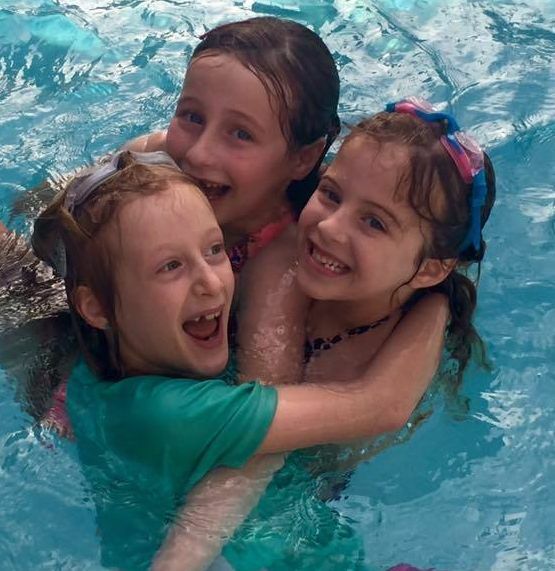Donor-Conceived Children Meeting Their Half-Siblings
By admin on November 11, 2021
I am sometimes asked about the DSR’s Success Story page by people noting that those are the “good” experiences but want to hear about the “bad” experiences. After 21 years of facilitating more than 22,500 half-sibling (and donor) connections, I find this odd.
For me, it’s like asking me to tell you about a “bad” experience when a child met his first cousins for the first time. Or when two people in a family don’t get along, see eye to eye, or who don’t want to spend time with each other. Is this a “bad” experience”? Or just a part of the family experience?
Do half-siblings have to adore each other and share common interests in order to classify the meeting or relationship as a success? I think not. I think having access and being able to know these first-degree genetic relatives is their right, but bonding with them and defining these new relationships is then their choice. And for young children raised knowing their half-siblings, there is just no issue. These people are just their family members. Like other relatives, the ones they live nearest to, are most like-minded with, and share the most common interests with are the ones they are more likely to spend time with.
Some parents are concerned that a child under 18 might not be mature enough to handle this type of situation and therefore don’t tell their children about known half-siblings, wanting to wait until they are “old enough”. Some parents delay by waiting for their child to actually ask about half-siblings. We don’t wait for our children to be mature enough or to ask about their cousins or grandparents. Children take the meeting of half-siblings in stride, as it is no different than meeting any other relative, some of them they like more than others. Some they would rather spend time with, others — not so much. It’s very simple.
Usually, it’s the parents who are much more likely to fret about how to define it all. When the parents move forward with meetings in a steady, joyful, and confident manner, the kids are likely to also view the meetings as positive. When parents interject their own fears or worries, or thoughts that these half-siblings are not legitimate “family”, this can throw unnecessary angst into the connections for the kids.
DNA Matters. Donor-conceived people have so much to learn about themselves from what they share with their half-siblings, as medical and psychological issues and abilities are often shared. These kids all received around 50% of their DNA from the same person, and while sharing DNA isn’t the only way to make a family, it is one way that shouldn’t be denied. Half-sibling connections can be celebrated as expanding your family can be a wonderful and enriching experience.


 Browse by Clinic
Browse by Clinic
 Become a Member
Become a Member